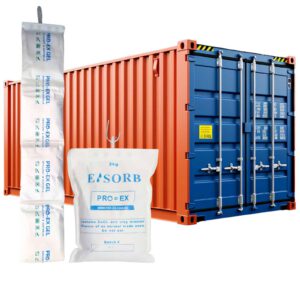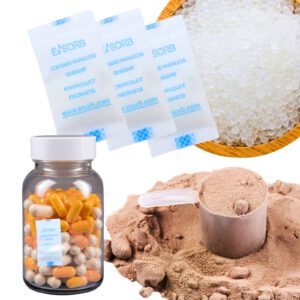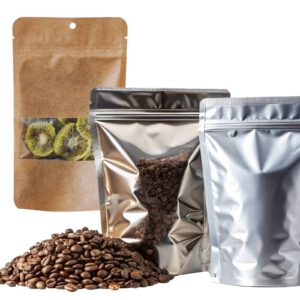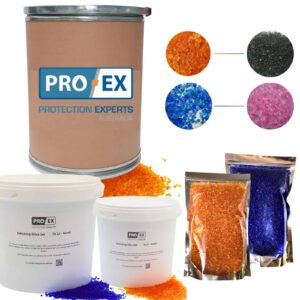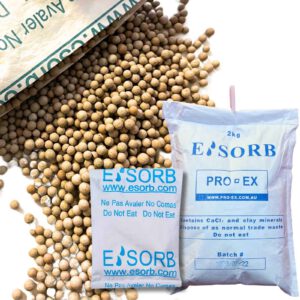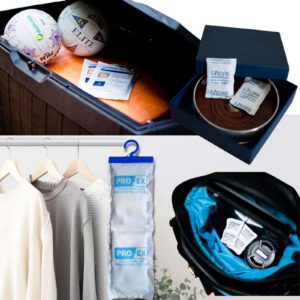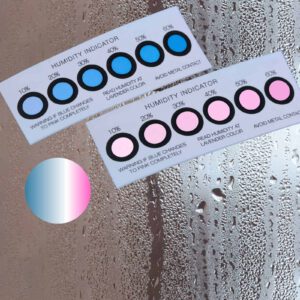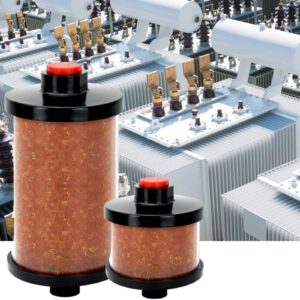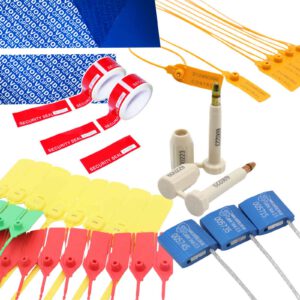Non-indicating silica gel stops working but doesn’t change appearance. Indicating gel changes colour (e.g. orange → green).
No. Silica gel is non-toxic but not edible and may cause choking or discomfort.
Silica gel is commonly used in electronics, food, vitamins, clothing, leather goods, toolboxes, safes, and shipping containers.
In sealed packs – years. Once exposed, its lifespan depends on humidity and air exposure.
General guide: 5 g per 1L of air volume. For bulk use (e.g. containers), use desiccants in grams to kilograms.
See type comparison table below.
The main difference between Silica Gel and Oxygen absorber is their function: • Oxygen Absorbers remove oxygen from sealed packaging to prevent spoilage, oxidation, and mold growth in food and sensitive products. • Silica gel absorbs moisture (humidity) to prevent condensation, mold, and corrosion inside packaging and storage containers. Both are essential for long-term preservation, ... Read more
Yes. Silica gel beads, especially those with indicating colours (e.g. pink to blue), can usually be reactivated and reused 3 to 5 times before their performance starts to decline.
Silica gel can be reactivated by removing the absorbed moisture using heat. Microwave : Place silica gel beads in a microwave-safe container. Use the defrost setting for 7–12 minutes, checking frequently to avoid overheating. Do not use high heat. Oven : Spread the beads in a shallow tray and bake at 200–250°F (up to 120°C) ... Read more
Yes, silica gel is generally non-toxic and safe to handle. It’s a synthetic form of sand designed to absorb moisture. Some indicating gels may contain additives that could cause mild skin irritation, but it is safe for most people.
Humans: Silica gel is chemically inert and non-toxic, but medical advice should be sought, especially for indicator gels or large quantities. Pets: Contact a veterinarian. Risks include intestinal blockage or exposure to absorbed toxins, particularly if the sachet was used in food or medication packaging.
No. Silica gel sachets are ready to use straight out of the packaging.


